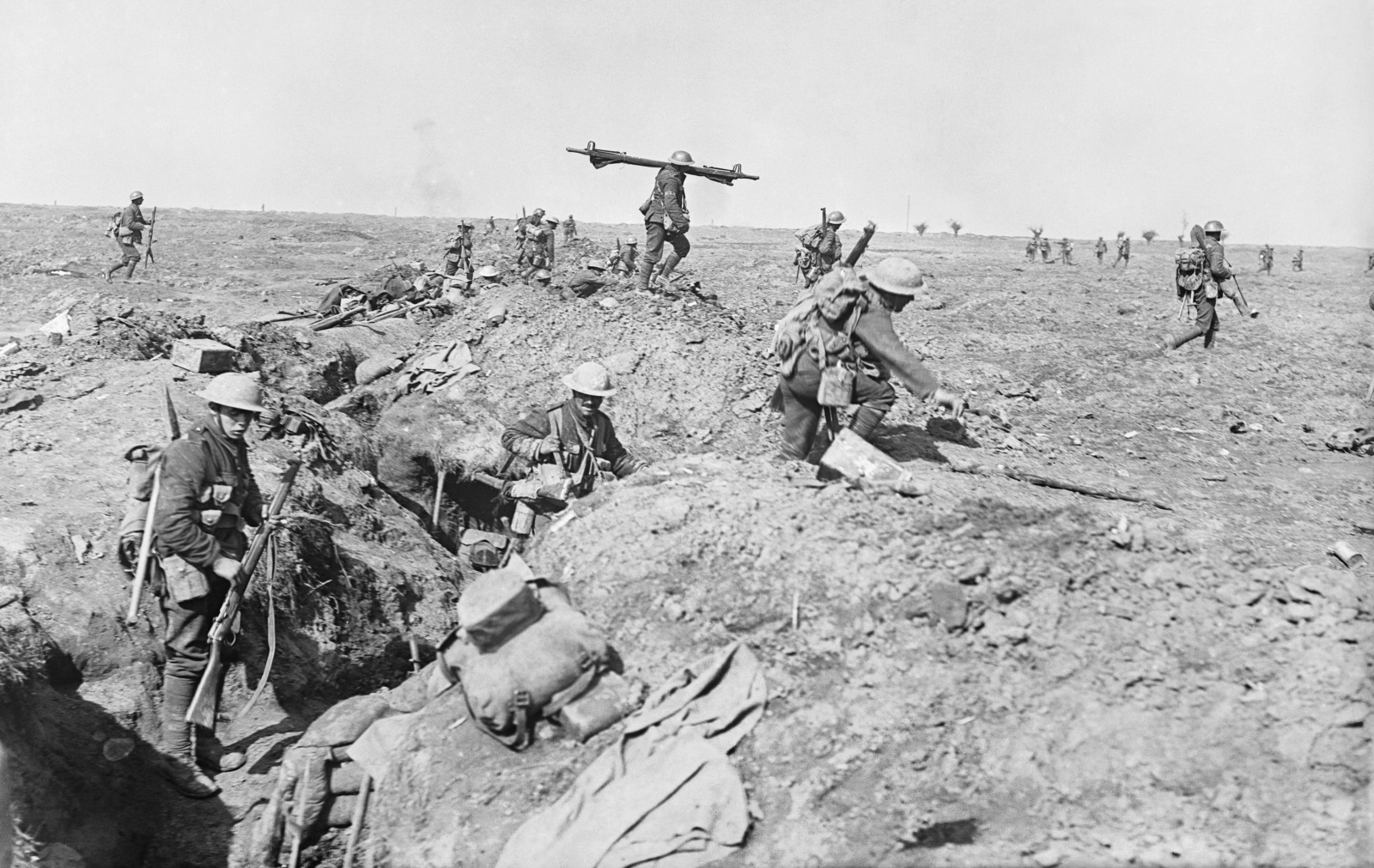





On the 9th of May 1916, in Hulluch, north-eastern France, observers in the Royal Muster Fusiliers looked across no-man's land to find two hastily-assembled placards placed, facing them, over the parapet of the German trenches. One read:
"Interesting War News
of April 29th 1916
Kut el Amara has been taken in
by the Turcs and the whole english army theirin
---13000 men ---
maken prisoners" [sic]
Possibly of more concern to the Munsters was the sign erected nearby:
“Irishmen!
Heavy uproar in Ireland. English guns are firing at
Your wifes [sic] und children!”
At 1am the next morning, a patrol led by Lieutenant F J Biggane of the Munsters cut the German wire and captured both placards. They were later presented to King George V.
Communications at the time - slow as they were - would have meant that the Irishmen in Hulluch would have been well aware of the tumultuous events in
Dublin. The arrest of Roger Casement after the disastrous attempt to import German-supplied arms on the Aud, alongside the inclusion of the phrase “our gallant allies in Europe” (meaning Germany) in the Proclamation of the Irish Republic, made the Easter Rising appear to be a treasonous act to anyone fighting on the Allied side in Europe and the Dardanelles.
RTE television interviewed four veterans of the Great War in November 1966. Unidentified by name, one wears a British Silver War Badge (indicating he was discharged due to sickness), a British Legion pin and two British Army service medals alongside an Irish “Emergency” medal.
Their conversations include these quotes:
“When we heard about the Rising, we felt we had been stabbed in the back”
“I backed the cause of Irish Freedom by joining the British Army... to fight for the rights of small nations including our own - Ireland”
Interviewed twelve years after the veterans, Emmet Dalton told Cathal O’Shannon “They [the rebels] represented a very tiny minority at that time”
So what of Irishmen in the British Army in Dublin? At the outbreak of the Rising there were about 5,000 British Army personnel in Dublin. These were mostly Irish regiments, but also English, Scots, Welsh and troops from further afield including Australians and New Zealanders. As the situation developed, 1,000 more troops were sent from Belfast and several more thousands from England.
Irishmen in khaki were expected to do their duty of putting down the rebellion by firing on their fellow countrymen. Some were more than happy to do so. Private Peter Nulty (Royal Field Artillery) from Drogheda wrote in scathing terms to his local paper, the Drogheda Independent :
... the local men at the front regret very much the disturbance in Dublin, and are thankful that it did not spread to Drogheda ...the Sinn Féiners...are the Huns of Holy Ireland, they have been a considerable time on the Kaiser’s Pay Roll.
... Shooting at sight of every known member of the Sinn Fein society might be resorted to with success, a price being put on their heads. If they want to fight let them come out to face their friends the Huns ...All the men from the town heartily agree with the measures taken to stop the rebellion and even that if it comes to shooting down of our own countrymen it would be carried out to the letter.
... Let us hope that pro-Germanism will cease with the destruction of Sackville Street. I now close, dear Mr Editor, thanking you for past kindness and wishing your valuable paper further success
With the passage of time, as Ireland’s independence became a reality and memories of the Rising faded, ex-British Army servicemen found themselves ideally positioned to be involved in the creation of Ireland’s new National Army. Arms training and military drill closely followed the British model. Indeed this very fact had a negative impact on the perception of the “Free State Army” in the early years of its existence. It was seen by many, unfairly, to be simply the British Army in a different uniform. This despite the fact that most were never in the British Army.
The fact that the British Army supplied the 18 Pounder artillery used by the National Army to bombard the Four Courts in June 1922 only reinforced this perception.
The complexity of the relationship between Irishmen in the British Army and the Irishmen who took the Republican side can be illustrated by listing some famous Irishmen with British Army connections:
Flying Column commander Tom Barry– Joined the Royal Field Artillery in 1915, later
1916 Leader James Connolly – was in the British Army from 1882 to 1889. He joined aged 14 by falsifying his age.
War Poet Tom Kettle – Was in the process of buying arms in Belgium for the Irish Volunteers when war broke out. He joined the British Army in the hope that Home Rule would become a reality.
Patrick Mulcahy - Chief of Staff of the Irish Defence Forces (1955-60) was ex British Army.
Martin Doyle VC, MM – served with distinction in the Royal Dublin Fusiliers and Royal Munsters. He joined the IRA and took part in the War of Independence, later joining the Free State Army, seeing service during and after the Civil War.
